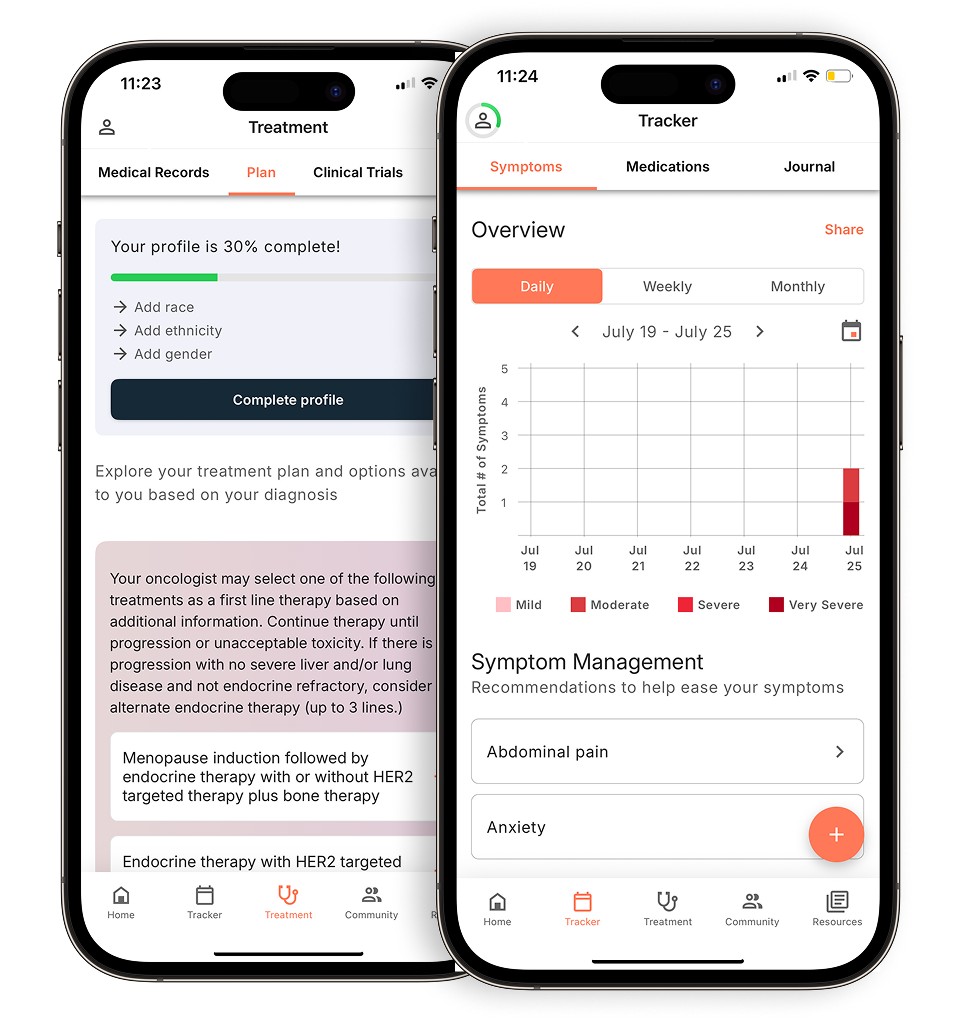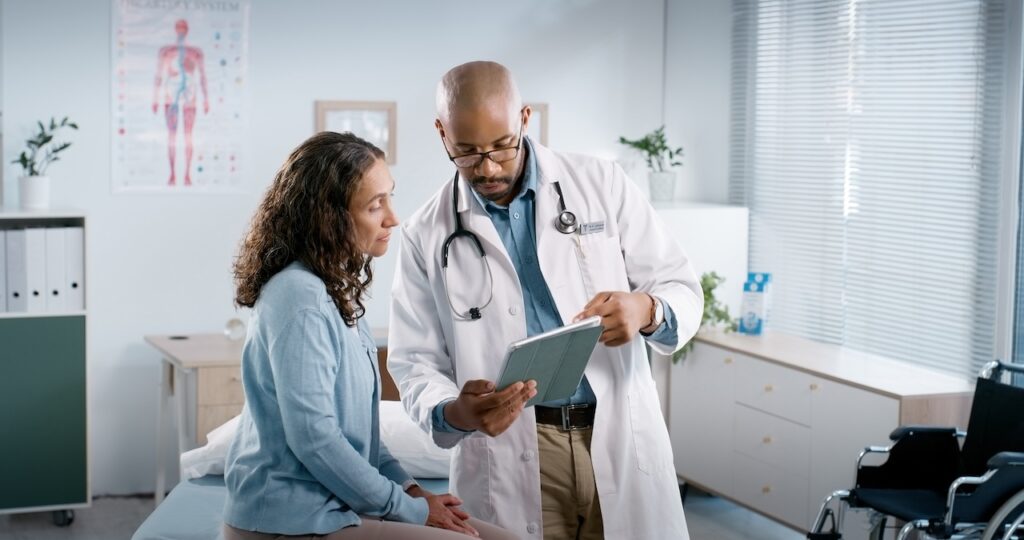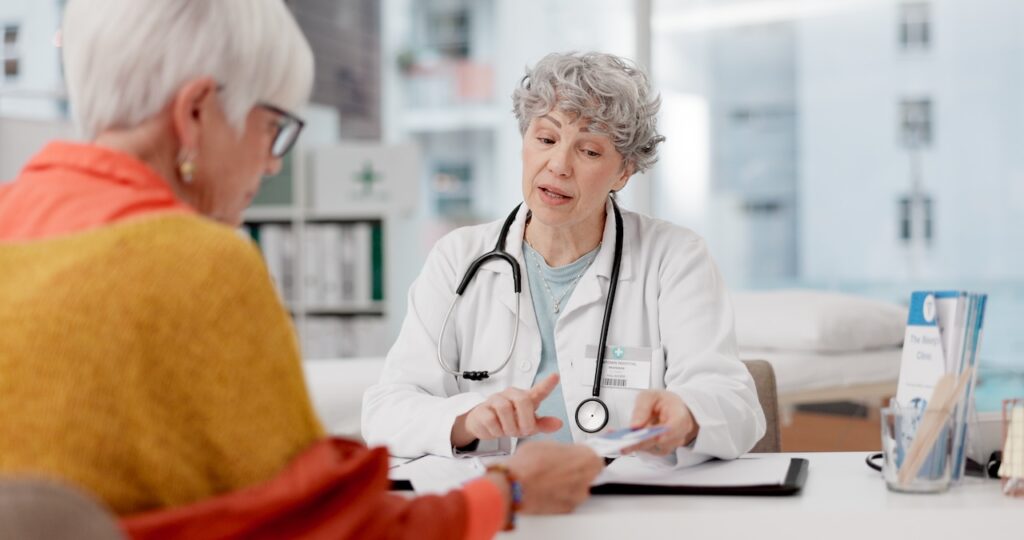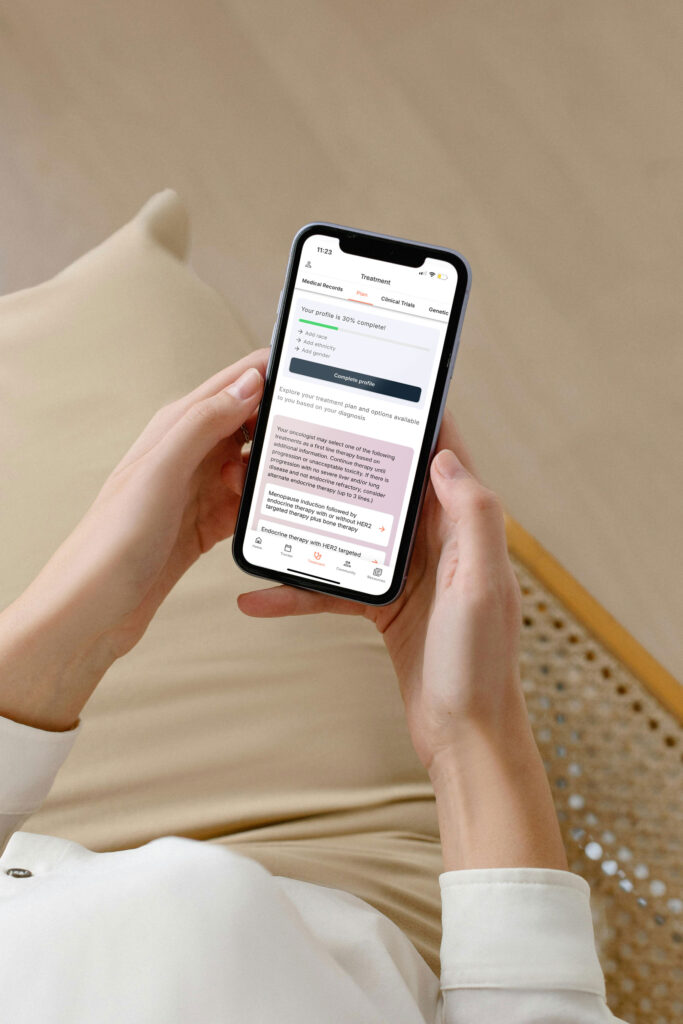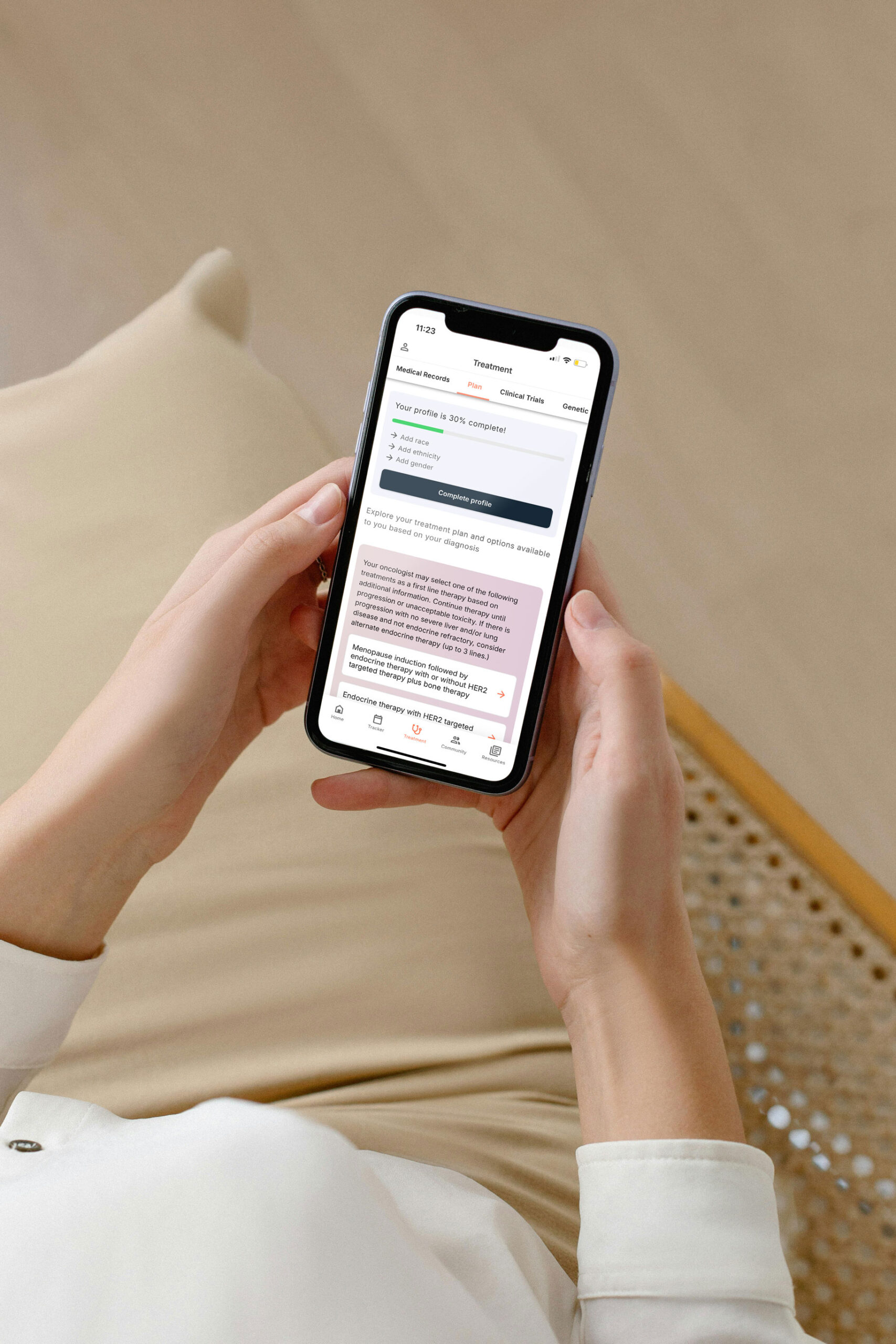How Acupuncture Can Enhance Your NSCLC Treatment Plan
People experiencing pain and side effects from non-small cell lung (NSCLC) treatment sometimes turn to more integrative approaches to manage their symptoms. Integrative oncology combines conventional treatments with complementary, evidence-based therapies including acupuncture, a traditional Chinese medicine method found in Western medicine, also known as TCM.
The physical side effects of your non-small cell lung treatment are often accompanied by emotional stress, causing a decrease in your overall quality of life. Incorporating complementary therapies like acupuncture can help relieve your symptoms and promote emotional health.
What is TCM?
The practice of traditional Chinese medicine (TCM) is thousands of years old. It’s based on the concept that your Qi is a force of life that surges throughout the body and can cause disease or illness, including pain when it’s off balance.
Qi is made of two opposing forces within you, better known as your yin and your yang. The idea is that by practicing acupuncture as part of a TCM regimen, the balance in your body can be restored and help you potentially feel better.
Will acupuncture help me feel better?
For some patients, acupuncture can reduce the need for pain medications and may even enhance the effectiveness of your pain medication. Several studies show that the therapy can relieve symptoms associated with your NSCLC (non-small-cell lung cancer) treatment, including dry mouth, fatigue, hot flashes, nausea, vomiting, peripheral neuropathy (numbness and muscle weaknesses in your extremities), and pain. Acupuncture can also be a great form of relaxation and provide anxiety relief.
What happens during acupuncture?
First, make sure your acupuncturist is a trained practitioner, licensed through the federally recognized bodies such as ACAOM or NCCAOM.
During your treatment session, your practitioner may apply a combination of needles, heat, and pressure to points throughout your body that are related to your Qi. By stimulating those points, the therapy can increase blood flow, reduce inflammation, and release pain. Acupuncture needles are very thin and usually cause only mild discomfort –if you even feel them at all.
Your acupuncturist may connect the needles to a mild current (called electroacupuncture) to help your nervous system release endorphins and serotonin to relieve pain. Another type of acupuncture that helps alleviate pain is auricular acupuncture where small needles are placed in the ears for three to four days.
When should I go for my acupuncture?
Talk to your oncology care team about your symptoms and pain, and ask if acupuncture would benefit you. You don’t have to be in cancer treatment to pursue the therapy, but its benefits might be worth a try for short-term relief, and potentially even more.
Is acupuncture covered by insurance?
Check with your insurance provider; many private and public health plans cover a specific number of acupuncture visits annually and typically outline their policy on their website.
If you have additional questions about acupuncture or you’d like to speak with someone, you can connect with an Outcomes4Me oncology nurse practitioner at no charge through the Outcomes4Me app, using the “Ask Outcomes4Me” button.
Personalized support for real care decisions
Understand your diagnosis, explore clinical trials, and track symptoms--all in one place.
Get started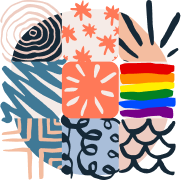
Compare treatments, prepare for appointments, and track side effects—all in the app
Built for your diagnosis, Outcomes4Me gives you the tools to make confident, informed decisions—right when you need them.
Continue in app